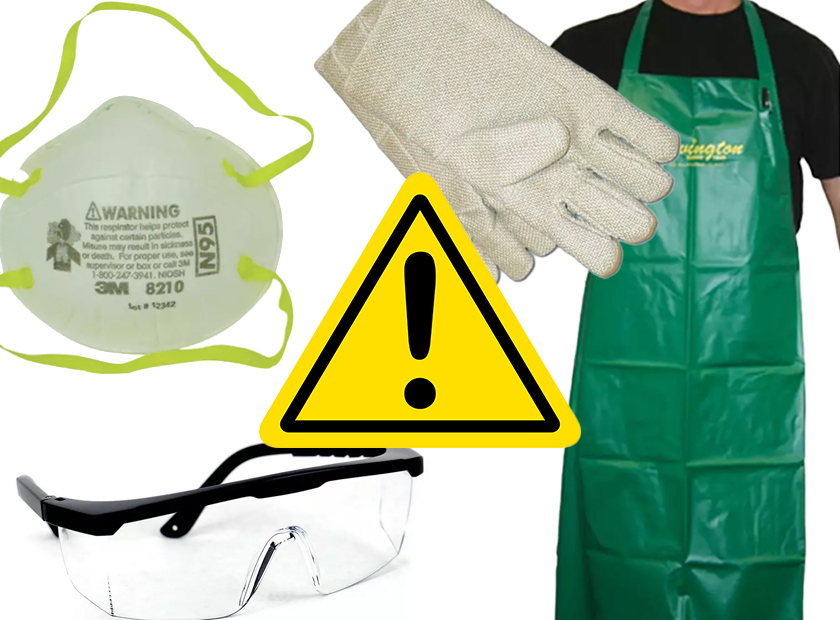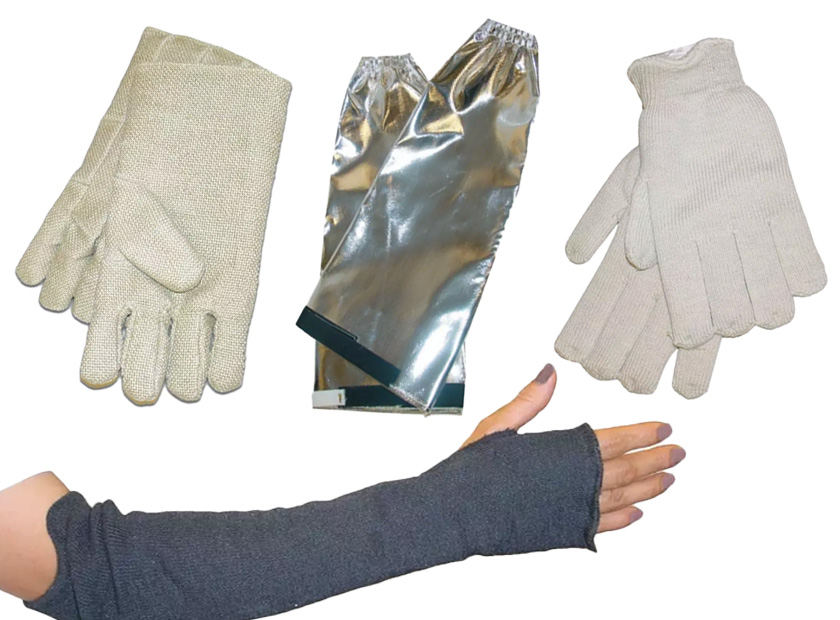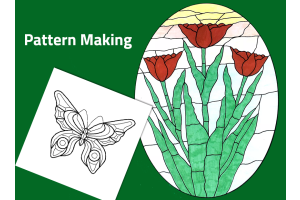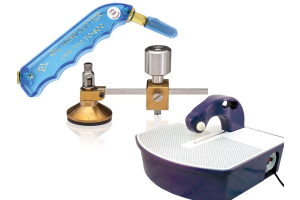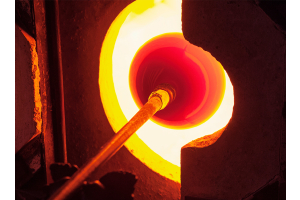We use cookies to make your experience better. To comply with the new e-Privacy directive, we need to ask for your consent to set the cookies. Learn more.
Ensuring Safety While Creating Glass Art: A Comprehensive Guide
Ensuring Safety While Creating Glass Art: A Comprehensive Guide
Glass art, including stained glass and fused glass, is a mesmerizing and rewarding craft. However, it's crucial to prioritize safety during your artistic endeavors to prevent accidents and injuries. In this guide, we'll explore essential safety measures and tips for a secure and enjoyable glass art experience.
1. Protective Gear
Wearing appropriate protective gear is the first step in ensuring your safety while working with glass. Equip yourself with:
-Safety Glasses: Protect your eyes from flying glass shards, dust, and potential chemical exposure.
-Respirator: Shield your respiratory system from inhaling harmful fumes and particulates generated during the glass-cutting and fusing process.
-Gloves: Use heat-resistant gloves to handle hot glass, reducing the risk of burns.
-Apron or Protective Clothing: Wear appropriate clothing to shield your skin from potential cuts and burns. These can include aprons and protective sleeves.
CLICK HERE to get any protective gear you need.
2. Ventilation and Workspace Setup
Proper ventilation is crucial when working with glass, especially during fusing or soldering. Ensure your workspace has:
-Adequate Ventilation: Use exhaust fans, smoke absorbers, or work near open windows to disperse fumes and ensure a well-ventilated area. Make sure to wear your respirator when needed even with ventilation.
-Organized Workspace: Arrange your tools and materials in an organized manner to minimize the risk of accidents. Keep flammable materials away from the workspace.
3. Tools and Equipment Safety
Understanding and using your tools and equipment safely is paramount for a risk-free glass art experience. Follow these tips:
-Sharp Tools: Keep cutting tools sharp to reduce the risk of slipping and causing injuries.
-Proper Tool Usage: Learn how to use each tool correctly, following manufacturer guidelines and safety instructions.
-Regular Maintenance: Ensure your tools and equipment are in good condition, performing routine maintenance to prevent malfunctions.

4. Glass Handling and Storage
Handling and storing glass requires caution to prevent breakage and injuries. Consider the following:
-Proper Glass Handling: Handle glass pieces carefully to avoid cuts. Use appropriate lifting techniques, especially for heavy or large glass sheets.
-Storage Safety: Store glass sheets vertically to prevent breakage and label them for easy identification. Use racks or storage systems designed for glass.
5. Working with Heat
Glass art often involves high temperatures, especially in fusing processes. Prioritize safety by:
-Following Kiln Safety Guidelines: Understand kiln operation and adhere to safety protocols, including temperature monitoring and correct loading techniques.
-Hot Glass Handling: Use heat-resistant gloves and tools to handle hot glass, minimizing the risk of burns. You can also wear protective sleeves made for high temperatures.
6. Chemical Safety
Certain processes in glass art may involve the use of chemicals. Exercise caution by:
-Understanding Chemicals: Educate yourself on the chemicals you're using, their potential hazards, and proper handling methods. Wear safety gear when needed.
-Safety Labels and Storage: Store chemicals in clearly labeled, tightly sealed containers in a secure location away from heat and open flames.
7. Emergency Preparedness
Lastly, always be prepared for emergencies:
-First Aid Kit: Keep a well-stocked first aid kit in your workspace to handle minor injuries promptly.
-Emergency Contacts: Have a list of emergency contacts readily available, including numbers for poison control and local emergency services.
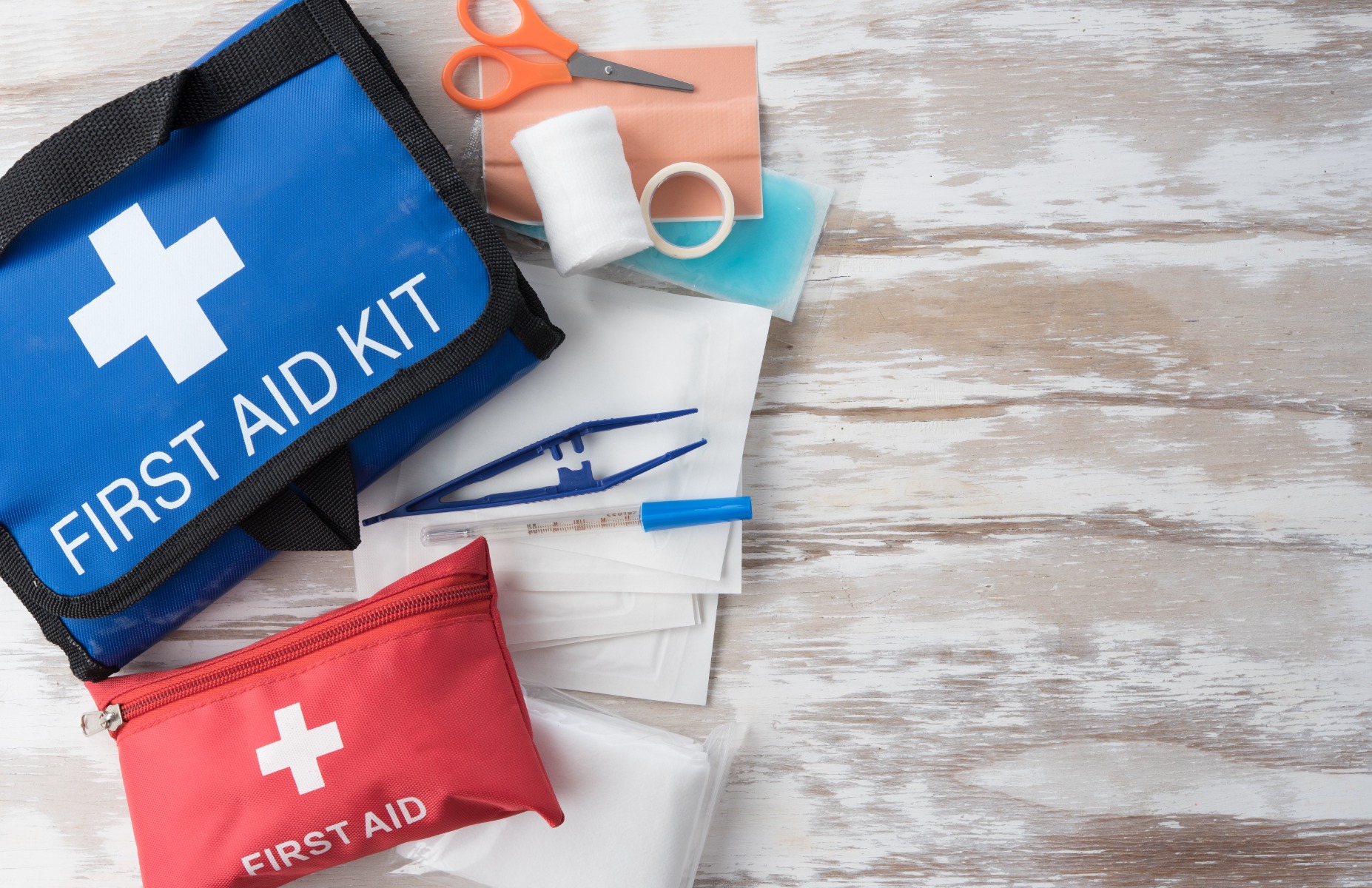
By prioritizing safety and following these guidelines, you can enjoy the wonderful world of glass art while minimizing risks and ensuring a safe and enjoyable creative process. Happy crafting!


